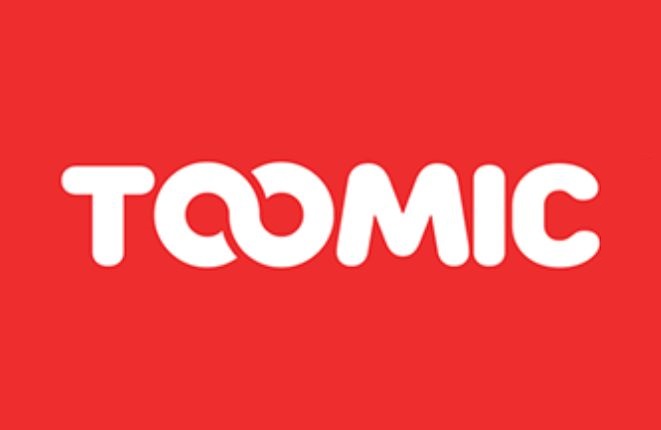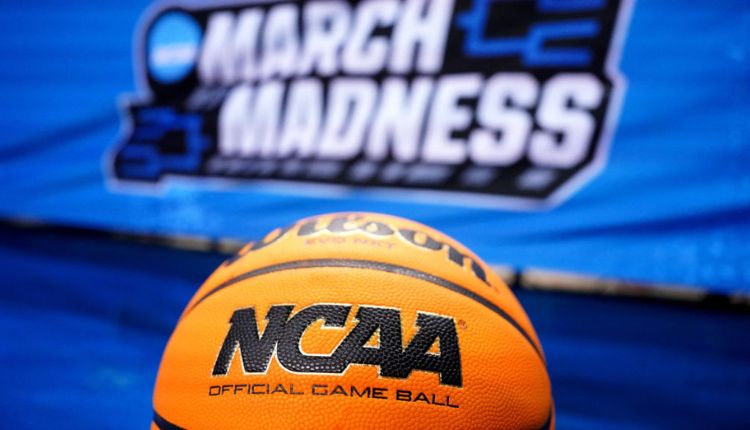Student athletes who are skilled at basketball can make a lot of money, even if they don’t go on to play professionally. They also learn about financial literacy and how to invest their earnings wisely. Brands are lining up to pay college players for the privilege of using their names, images and likenesses. But is this a fair deal?
What Are The Best Colleges For Basketball Scholarships?
Getting a basketball scholarship to play at college can be difficult. There are around 1,400 colleges that offer scholarships and only a small percentage of players will make the grade to be on a D1 team. Students interested in pursuing a basketball scholarship should be proactive in their recruiting efforts. They should create highlight film, obtain game film and complete an online profile to showcase their skills. They should also attend basketball camps and showcases to get noticed by coaches.
At the NCAA Division 1 level, basketball coaches can award headcount scholarships (full rides) to 13 athletes per team. This is in addition to equivalency scholarships which are given to the coaching staff to distribute however they see fit. College coaches at the Division 2, NAIA and JUCO levels are more likely to provide partial scholarships to players who don’t meet their minimum GPA requirements. This can include a combination of tuition payment, books and meals.
How Many Division 2 Men’s Basketball Scholarships Are There?
The NCAA allows Division 1 basketball teams to offer 13 full athletic scholarships (also known as headcount scholarships) to their players. These scholarships cover all college costs, including tuition, fees and housing. Division 2 teams can offer up to 10 men’s basketball scholarships. This number is slightly higher for JUCO and NAIA, as those levels use an equivalency scholarship model where coaches receive a pool of athletic money to distribute to athletes they select.
It’s very difficult for students to land a D1 basketball scholarship, as less than one third of 1% of high school athletes compete at this level, to know more click here coachesdatabase.com/tips-for-student-athletes-basketball/. If you’re serious about playing college basketball, you should do everything you can to put yourself in position to be noticed by coaches. This means working on your game, creating highlight film and getting on coaches’ recruiting radars early. Recruits should also be proactive in their outreach to coaches, as they are allowed to talk by phone when the student-athlete is the one initiating the contact.
What Are The Odds Of Getting A Basketball Scholarship?
The odds of getting a basketball scholarship vary by division level, but less than 1% of high school athletes get a full or partial athletic scholarship. To increase your chances, sharpen your skills and maintain a good academic standing. It also helps to play on more than one team and participate in showcase events. College recruiters will evaluate your basketball IQ, experience, athleticism and skill. They will also consider your height and body frame. In addition, if you aren’t ready for the grind of playing at a NCAA Division 1 school, you may be better suited to a smaller, NAIA program.
It’s important to start the recruiting process early in high school. Students should make sure they’re registered with the NCAA and have all the necessary documents, including a copy of their grades, test scores and athletic competition history. They should also create a profile and submit highlight film to coaches. Students should also be proactive in reaching out to coaches and attending summer camps.
How Do I Get A Basketball Scholarship?
Students hoping to secure a college basketball scholarship will need to get their paperwork in order, start connecting with the right people, attend elite camps and be ready to demonstrate their best skills on a regular basis. This is a very competitive process, with only a small number of students every year winning full-ride scholarships at the NCAA Division 1 level. At the JUCO, NAIA and Division 2 levels coaches are able to offer equivalency scholarships that can be worth up to 100 percent of tuition fees, leaving only incidental expenses for the student athlete. To be considered for a scholarship opportunity, student athletes will need to register with the NCAA Eligibility Center and complete all necessary steps, including submitting high school transcripts, SAT scores and a highlight film.
Students must also be proactive in their recruitment by sending emails to coaches and proactively visiting colleges where they are interested. The final key factor to secure a scholarship is academic standing, as good grades are important for student athletes.
Conclusion
A burgeoning industry lets college athletes cash in on their names, images and likenesses. Some can make enough to offset their college expenses. But much of the money from revenue-generating sports like football and men’s basketball goes to support less lucrative college sports. This has large implications for student athlete equity.

